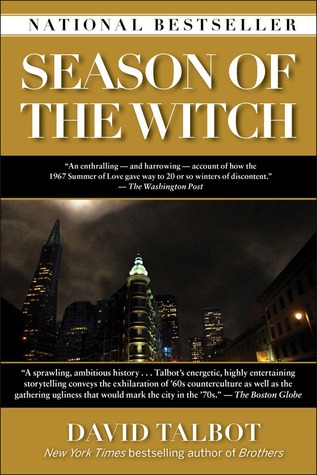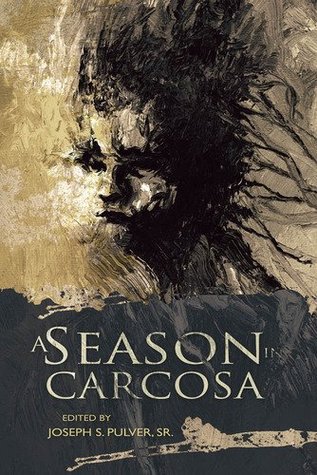 4/5
4/5
Wow, this book took me a long time to read. Not in a bad way; it's just
that Lindqvist's first collection of short stores, while beautifully
written (and beautifully translated by Ebba Segerberg), is dense, with
the majority of the dozen stories on the long side, some to good and
others to not-so-great effect.
Fortunately, there were only two stories I simply didn't care for in
Let the Old Dreams Die.
One, "To Put My Arms Around You, to Music," Linqvist admits in his
amusing afterword, nobody but the author himself likes. (So it's okay
that my notes on this story consisted of "I don't get it.") The other,
"Itsy-Bitsy," is short and sharp modern morality tale about a scheming
paparazzo,
but its moral is kind of ham-handed, and it's just not of the emotional
complexity I've come to expect from Linqvist and his characters.
(Ironically, considering what I just said about long stories, I think
those two are the shortest in the book.)
Overall, though, the
collection is top-notch, with stories dark, surreal and moving all at
once. Favorites include: "The Border," in which a middle-aged woman
slowly realizes she's something other than she'd always believed
(avoiding spoilers here); "Eternal/Love," about a couple who discover
how to manipulate Death; "A Village in the Sky," a new-Lovecraftian-tinged tale about an apartment
building gone subtly wrong and getting wronger fast; and "Tindalos," a
tour-de-force
portrait of one woman's anxiety which somehow morphs into a giant
monster movie. These last three especially have a cosmic horror vibe
that I really loved.
Finally, I'm sure people are wondering about the advertised "sequel" stories to
Handling the Undead -- "Final Processing" -- and
Let the Right One In
-- "Let the Old Dreams Die." So how are they? Harrowing and beautiful,
in that order. "Final Processing" brings us up to date on the un-pretty
status of the "re-living," and is a pretty grueling read. It's also
bordering on novella-length, losing some of its punch along the way. But
"Let the Old Dreams Die," which closes the book, is a beautiful love
story about a couple who met while working on Oskar's "kidnapping." (She
was a cop; he was the station worker who punched Oskar's train ticket
the last time he was seen alive. They clicked in the interview room.)
The case continues to be an ongoing hobby for the pair, though the
trail has long ago gone cold. I won't say any more, but the final page
of this story is a little miracle, and a perfect note on which to end.
(Except you should also read Lindqvist's afterword, which is funny and
self effacing, as well as lending some insight to his madness.)






